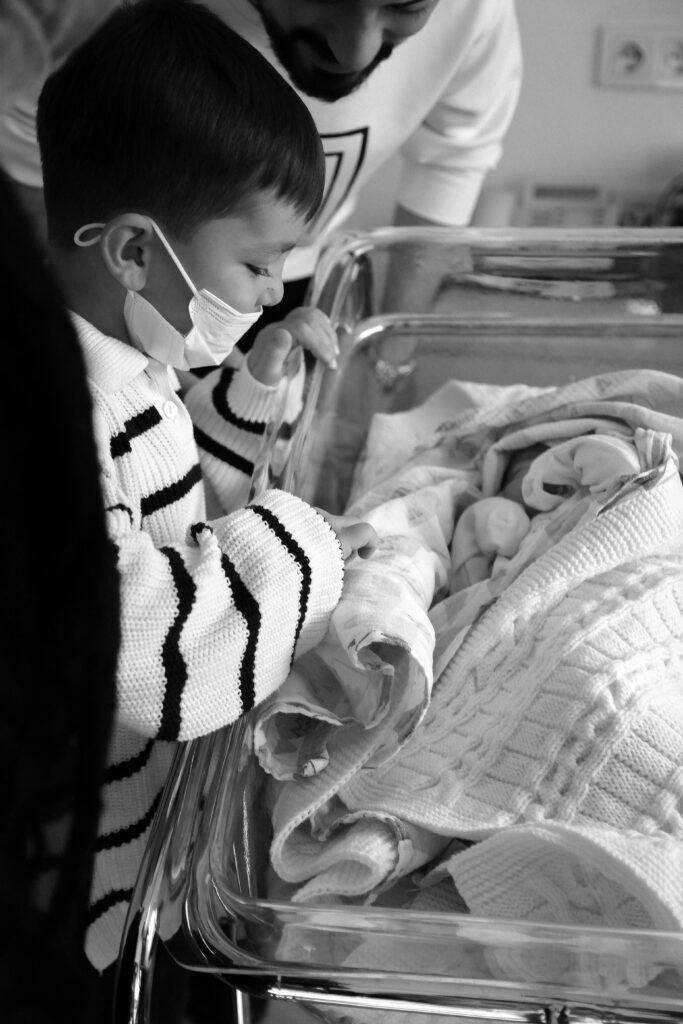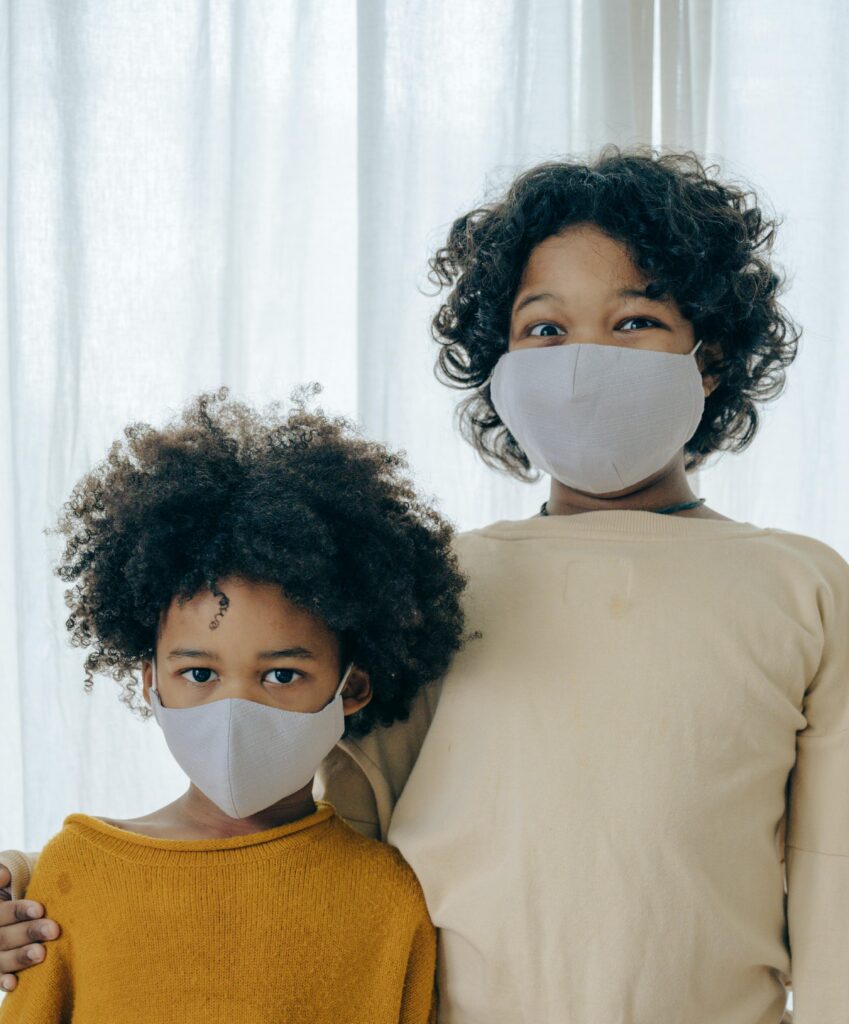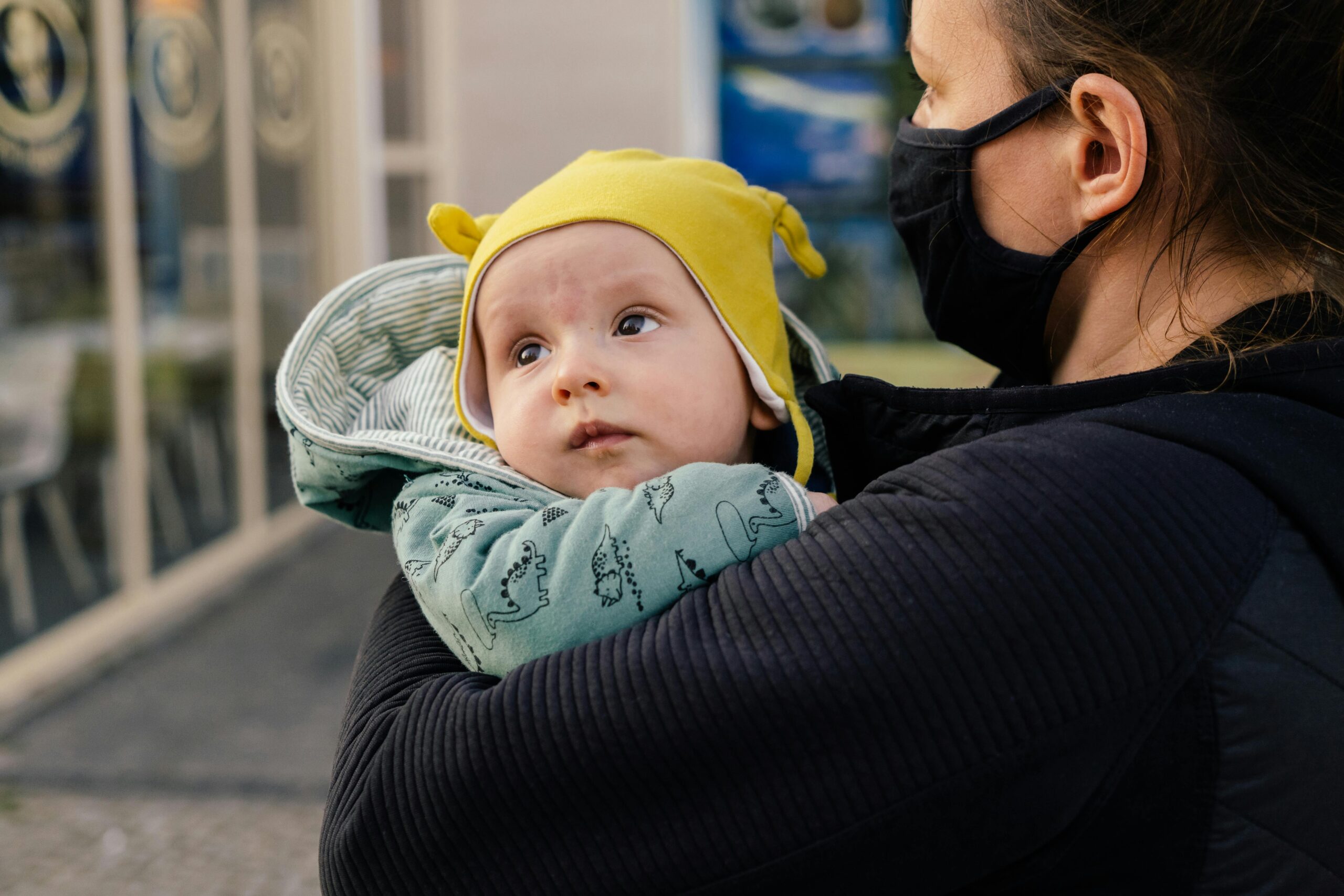The COVID-19 pandemic reshaped nearly every aspect of life—even the earliest stages of childhood. Recent studies on “pandemic babies” reveal unexpected findings: while many of these children show a lower incidence of allergies, they also appear to exhibit delays in language skills compared to pre-pandemic cohorts. This article explores these trends in depth, examines potential causes, and discusses strategies to support optimal child development.

A New Generation in Unprecedented Times
Pandemic Babies Defined:
“Pandemic babies” refers to children born or in their early developmental years during the COVID-19 outbreak. Their formative months and years were marked by lockdowns, social distancing, widespread mask-wearing, and a significant shift in daily interactions. These conditions have provided a unique natural experiment to study how environment and social behavior influence early childhood development.
Fewer Allergies: A Silver Lining?
Possible Reasons for Reduced Allergies
- Hygiene Hypothesis Revisited:
Traditionally, exposure to a variety of microbes in early life is thought to help train the immune system. However, the pandemic’s strict hygiene measures—enhanced cleaning, social distancing, and reduced exposure to common pathogens—may have altered this trajectory. Some studies suggest that these children have a lower risk of developing certain allergies, as they were less exposed to environmental allergens and viruses that can trigger immune responses. - Changes in Social Environments:
With fewer children in daycare settings and less crowded public spaces, pandemic babies experienced different microbial exposures compared to their peers in previous years. This reduced exposure might contribute to a lower incidence of allergic reactions. - Parental Behaviors:
Increased parental involvement and changes in lifestyle during lockdowns, such as more home-cooked meals and less processed food consumption, may also play a role in reducing allergy risks.
Considerations and Future Research
While these findings may seem beneficial, experts caution that the long-term effects on the immune system are still not fully understood. Researchers are closely monitoring these children to determine whether the reduced allergy risk persists as they grow older.

Language Skills: The Unintended Consequence
Contributing Factors to Lower Language Development
- Mask-Wearing and Visual Cues:
One of the most visible changes during the pandemic was the ubiquitous use of masks. Infants rely heavily on observing facial expressions and lip movements for language learning. Masks can obscure these vital cues, potentially delaying the development of phonetic recognition and articulation. - Reduced Social Interaction:
Social distancing and lockdowns limited face-to-face interactions with extended family members, peers, and even casual encounters in public. These interactions are crucial for stimulating language development through varied vocabulary and real-time communication. - Increased Screen Time:
With limited in-person contact, many families turned to digital devices for communication and education. While screens can offer educational content, they often lack the dynamic, responsive interactions necessary for robust language acquisition in young children.
Addressing the Language Gap
- Early Intervention Programs:
Experts recommend engaging pandemic babies in targeted early education programs. Reading aloud, interactive play, and language-rich activities can help mitigate delays. - Parental Engagement:
Parents are encouraged to create a language-rich environment at home—talking through daily activities, engaging in storytime, and using expressive communication without the barrier of masks when safe to do so. - Therapeutic Support:
For children who continue to show delays, speech-language therapists can provide tailored interventions to boost language skills during these critical developmental years.
Broader Implications for Child Development and Public Health
Understanding the Trade-Offs
The contrasting trends observed in pandemic babies highlight the complex interplay between environment, behavior, and development. While reduced allergies may lessen the immediate burden of certain health conditions, delays in language skills could have lasting effects on academic and social outcomes.
The Road Ahead
- Longitudinal Studies:
Ongoing research will track these children over time to better understand the long-term impacts of their unique early experiences. Insights gained can inform public health policies and early childhood education practices. - Policy Implications:
Governments and educational institutions may need to adapt their strategies for early childhood development. Investing in community programs and early intervention services could help balance the scales for pandemic babies. - Parental Guidance:
Providing parents with resources and guidance on how to support both physical health and cognitive development during times of crisis remains a priority. Public health messaging can integrate these dual concerns to help families navigate future disruptions.

Frequently Asked Questions
Q1: Who are considered “pandemic babies”?
A: Pandemic babies are those born or in their early developmental stages during the COVID-19 pandemic, when social interactions and daily routines were significantly altered.
Q2: Why do pandemic babies seem to have fewer allergies?
A: Strict hygiene practices, reduced exposure to allergens in crowded environments, and changes in parental lifestyle during lockdowns may contribute to a lower incidence of allergies.
Q3: What factors are contributing to lower language skills in these children?
A: Factors include mask-wearing, which limits the visibility of facial expressions and lip movements, reduced in-person social interactions, and increased screen time during formative years.
Q4: Are these language delays permanent?
A: Not necessarily. Early interventions, enriched language environments at home, and professional support can help children catch up over time. Long-term studies are ongoing to determine the lasting impact.
Q5: What can parents do to support language development in pandemic babies?
A: Parents can engage in regular reading sessions, interactive play, and direct, expressive communication. Minimizing screen time and maximizing real-life interactions are also beneficial.
Q6: Will the reduced allergy risk persist as children grow older?
A: It’s too early to say definitively. Longitudinal research is needed to determine if the lower incidence of allergies in pandemic babies will continue throughout childhood and beyond.
Q7: How can early education programs help mitigate these impacts?
A: Early education programs that focus on interactive language development and social skills can help address delays in language acquisition while also providing a balanced environment for overall growth.
Conclusion
The unique conditions of the COVID-19 pandemic have left an indelible mark on the youngest generation. While a lower incidence of allergies might be seen as a positive outcome, the concurrent challenges in language development require proactive attention. By understanding these trends and implementing targeted strategies, parents, educators, and policymakers can work together to ensure that pandemic babies thrive despite the challenges of their early environment.
Balancing health benefits with cognitive and social development will be key as we navigate the long-term impacts of this unprecedented era on child development.
Sources The Irish Times


